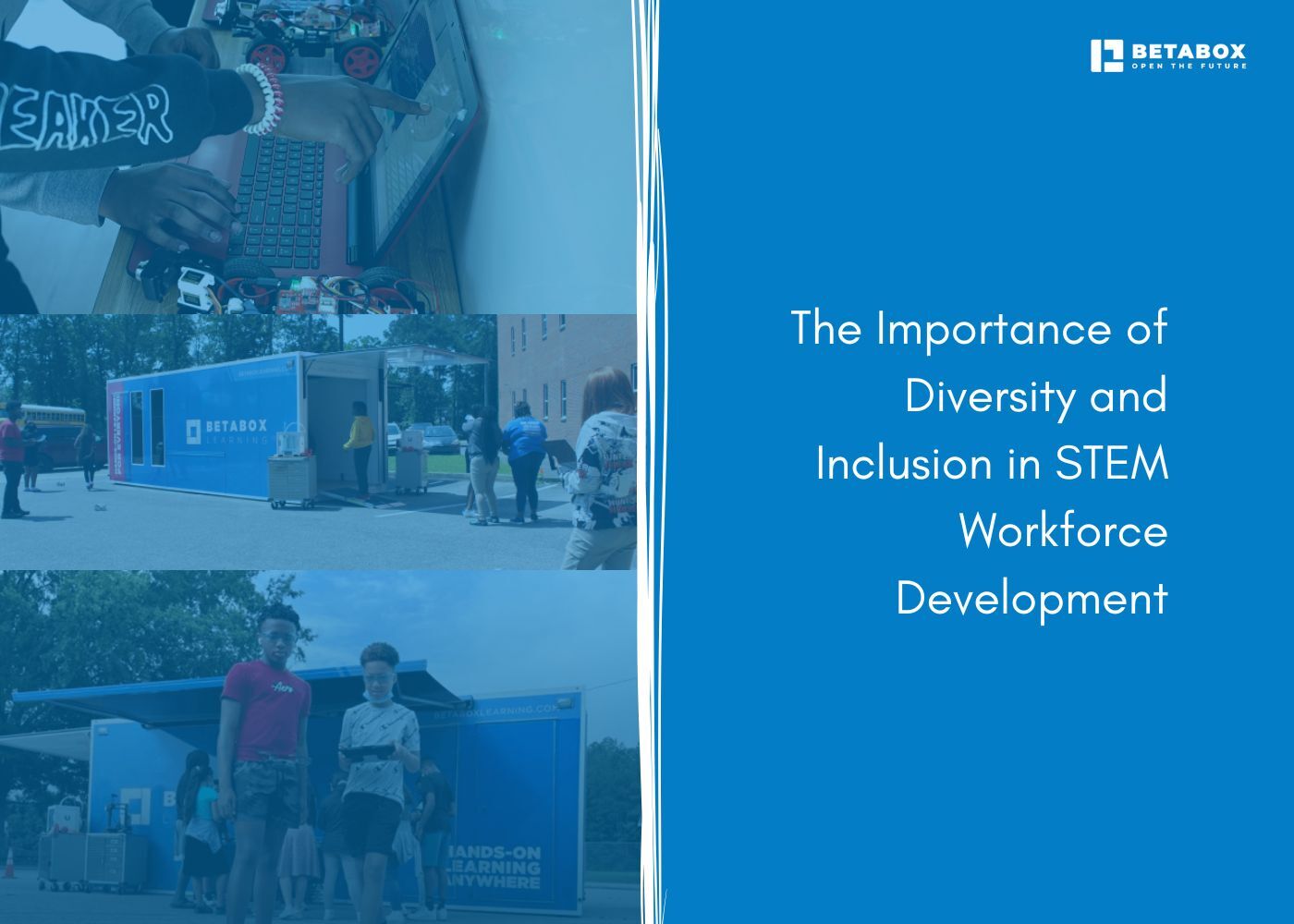
The technology shaping our future should be built by people who represent our entire population. When STEM fields lack diversity, the solutions developed may overlook the needs of underrepresented communities.
Inclusive teams catch blind spots earlier, design products that serve broader audiences, and solve problems more creatively.
Building diverse STEM workforces starts long before the hiring process. It requires intentional action at every stage, from elementary classrooms to executive leadership rooms.
Diversity refers to the presence of different identities within STEM fields, including but not limited to race, gender, ethnicity, socioeconomic status, disability status, and geographic background. A diverse workforce reflects the full spectrum of human experience.
Inclusion means creating environments where all team members feel valued, heard, and empowered to contribute fully. Diverse hiring without inclusive culture leads to high turnover and unrealized potential.
Equity addresses the fact that not everyone starts from the same place. It involves allocating resources and opportunities based on specific needs to create fair outcomes, not just equal inputs.
Representation gaps remain substantial across STEM industries. Women hold fewer than 30% of computing roles in many sectors. Black and Hispanic professionals remain significantly underrepresented relative to their population share, particularly in engineering and technology leadership.
Rural and low-income students face additional barriers. Many attend schools without advanced STEM coursework, modern lab equipment, or technology teachers with current industry experience. These early-stage gaps compound over time, narrowing the pipeline before students even consider STEM careers.
Geography matters more than it should. Students in well-funded districts often access robotics clubs, coding camps, and internships their peers in under-resourced communities never hear about.
Unconscious bias affects everything from resume screening to promotion decisions. Studies show identical resumes receive different response rates when names suggest different genders or ethnicities. Performance reviews often evaluate women and minorities more harshly for the same behaviors praised in majority-group colleagues.
Professionals from underrepresented backgrounds report having fewer mentors and sponsors who can open doors to opportunities. Without seeing people who look like them in senior roles, early-career professionals may struggle to envision their own advancement.
By middle school, many students from underserved communities have already disengaged from STEM subjects. Contributing factors include limited hands-on learning resources, teacher shortages in STEM subjects, and absence of real-world career connections that make abstract concepts feel relevant.
Betabox Onsite Field Trips address this challenge by bringing mobile STEM labs directly to school parking lots, ensuring rural and Title I schools access the same technology experiences as well-funded districts.
When students repeatedly encounter messages that people like them don't belong in STEM, performance suffers. Stereotype threat creates cognitive load that reduces test scores and participation, creating a self-fulfilling cycle.
Homogeneous teams tend to approach problems similarly. Diverse teams bring different mental models, leading to more creative solutions. Products designed by inclusive teams better serve diverse customer bases because the designers understand varied user needs firsthand.
Research consistently shows that diverse groups outperform homogeneous ones on complex tasks requiring creativity and critical thinking. Different perspectives help teams identify assumptions, challenge groupthink, and explore solution paths that might otherwise stay invisible.
Organizations known for genuine inclusion attract stronger candidate pools. Top talent from all backgrounds wants to work where they'll be valued. Companies that wait until the hiring stage to think about diversity miss opportunities to shape the entire pipeline.
Nations and regions with broader STEM participation produce more innovation and stronger economic growth. When talent goes undeveloped due to inequitable access, everyone loses potential breakthroughs.
Sustainable workforce diversity requires early intervention. Partner with schools to provide hands-on STEM experiences that spark interest before career decisions solidify.
Programs that deliver turnkey STEM enrichment help schools overcome resource constraints. Learn how districts implement comprehensive STEM programs that reach all students regardless of zip code.
Remove degree requirements that exclude capable candidates who took non-traditional paths. Use structured interviews with consistent rubrics. Ensure diverse interview panels and review promotion patterns for hidden bias.
Pair early-career professionals with mentors who provide honest career guidance, introduce them to networks, and sponsor them for stretch assignments. Formal programs work better than hoping organic relationships form.
Hands-on STEM projects give students the portfolio-worthy work that demonstrates capability beyond traditional credentials.
Inclusion doesn't happen by accident. Train teams on recognizing bias. Create clear paths for reporting concerns. Measure and publicly share diversity metrics to maintain accountability.
Celebrate different working styles and communication preferences.
What looks like "not a culture fit" often means "doesn't match the dominant group's norms."
Diversity and inclusion efforts fail without visible leadership commitment. Leaders must allocate real budget, tie goals to performance reviews, and model inclusive behavior.
Tokenism backfires. Hiring one or two diverse team members without changing underlying culture puts an unfair burden on those individuals to represent entire communities and often leads to burnout.
Track metrics but don't reduce people to numbers. Combine quantitative goals with qualitative feedback to understand whether people from all backgrounds truly thrive at your organization.
Set specific, measurable goals for representation at every level, not just entry positions. Track application-to-hire conversion rates by demographic group to identify where your funnel leaks.
Conduct stay interviews and exit interviews to understand which policies and practices support or undermine inclusion. Survey teams regularly about psychological safety and belonging.
Review promotion rates, compensation equity, and access to high-visibility projects. If underrepresented employees consistently advance more slowly, investigate why and address root causes.
Partner organizations can measure the impact of STEM investments on student engagement and career pathway activation.
Creating truly inclusive STEM fields requires sustained commitment across education, industry, and policy. No single intervention solves systemic challenges, but each action expands opportunity.
When students see technology careers as accessible regardless of their background, more will choose STEM paths. When workplaces reward diverse perspectives instead of punishing differences, retention improves. When leadership makes equity non-negotiable, organizations unlock their full innovative potential.
The question isn't whether diversity matters. It's whether we'll take the actions needed to build STEM fields that actually reflect and serve everyone.
Start your implementation plan or explore partnership options to bring hands-on STEM experiences to underserved schools.
Why is diversity important in the STEM workforce?
Diverse STEM teams produce more innovative solutions because different backgrounds bring different problem-solving approaches. Products and research developed by homogeneous teams often overlook needs of underrepresented communities. Organizations with inclusive cultures also attract stronger talent and retain employees more effectively.
What are the barriers to inclusion in STEM fields?
Key barriers include unconscious bias in hiring and promotion, limited mentorship for underrepresented professionals, early education gaps that reduce STEM interest, and workplace cultures that don't value different perspectives. Geographic and economic factors also limit who gets early exposure to quality STEM learning.
How can organizations increase diversity in STEM roles?
Effective strategies include investing in K-12 STEM pipeline programs, redesigning hiring to reduce bias, creating structured mentorship, removing unnecessary degree requirements, and building authentically inclusive cultures. Leadership must allocate resources and tie diversity goals to accountability measures.
Which groups are most underrepresented in STEM careers?
Women, Black and Hispanic professionals, people from low-income backgrounds, and rural students remain significantly underrepresented across most STEM fields, particularly in engineering, computing, and leadership roles. Representation varies by specific industry and role.
What are the benefits of fostering inclusion in STEM?
Inclusive STEM organizations see stronger innovation capacity, better problem-solving on complex challenges, improved employee retention, access to broader talent pools, and enhanced ability to serve diverse customer bases. At societal level, inclusive STEM drives economic competitiveness and produces solutions that work for everyone.


Ready to learn how Betabox resources can be implemented at your school or District?
Book a Blueprint Call

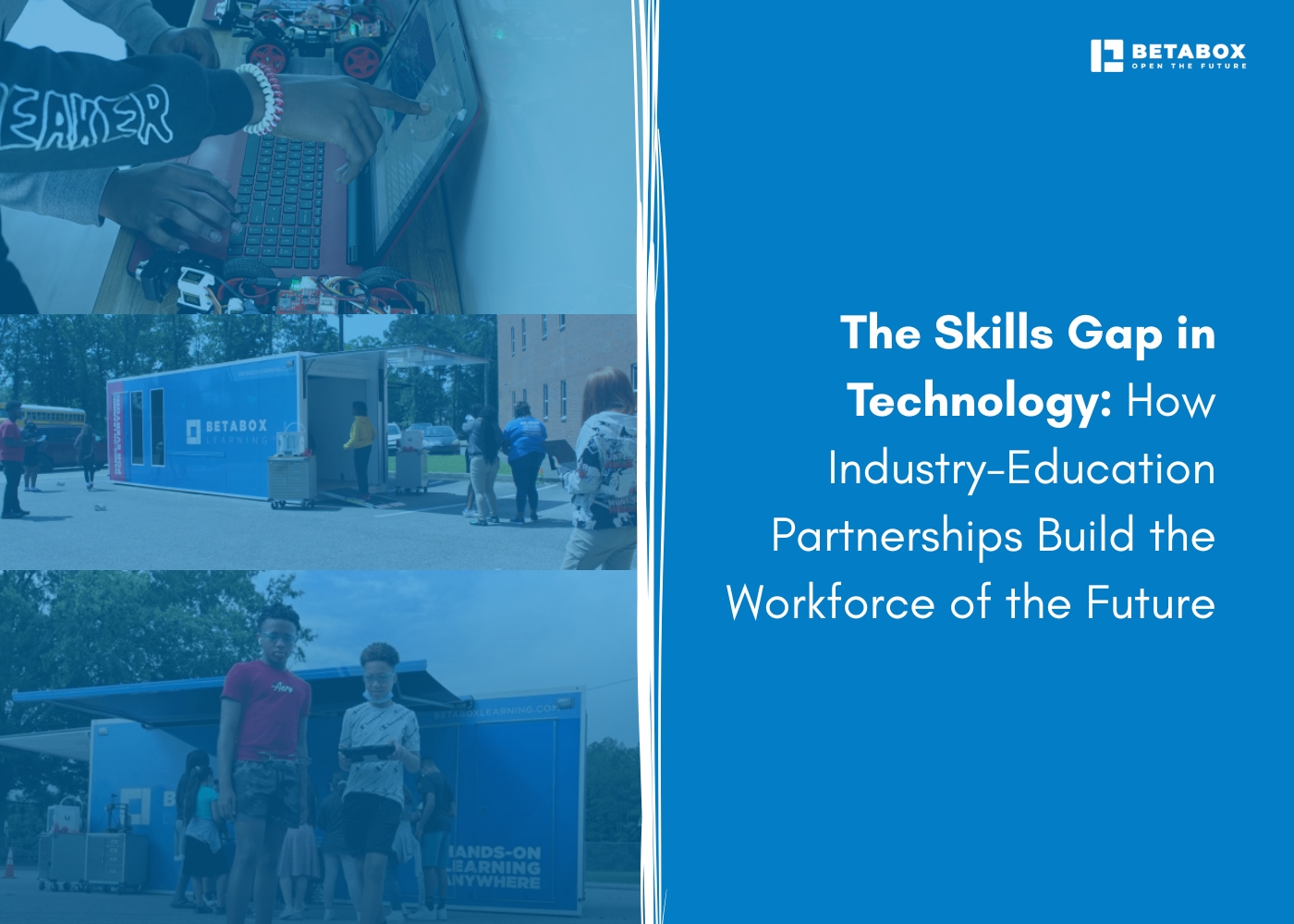

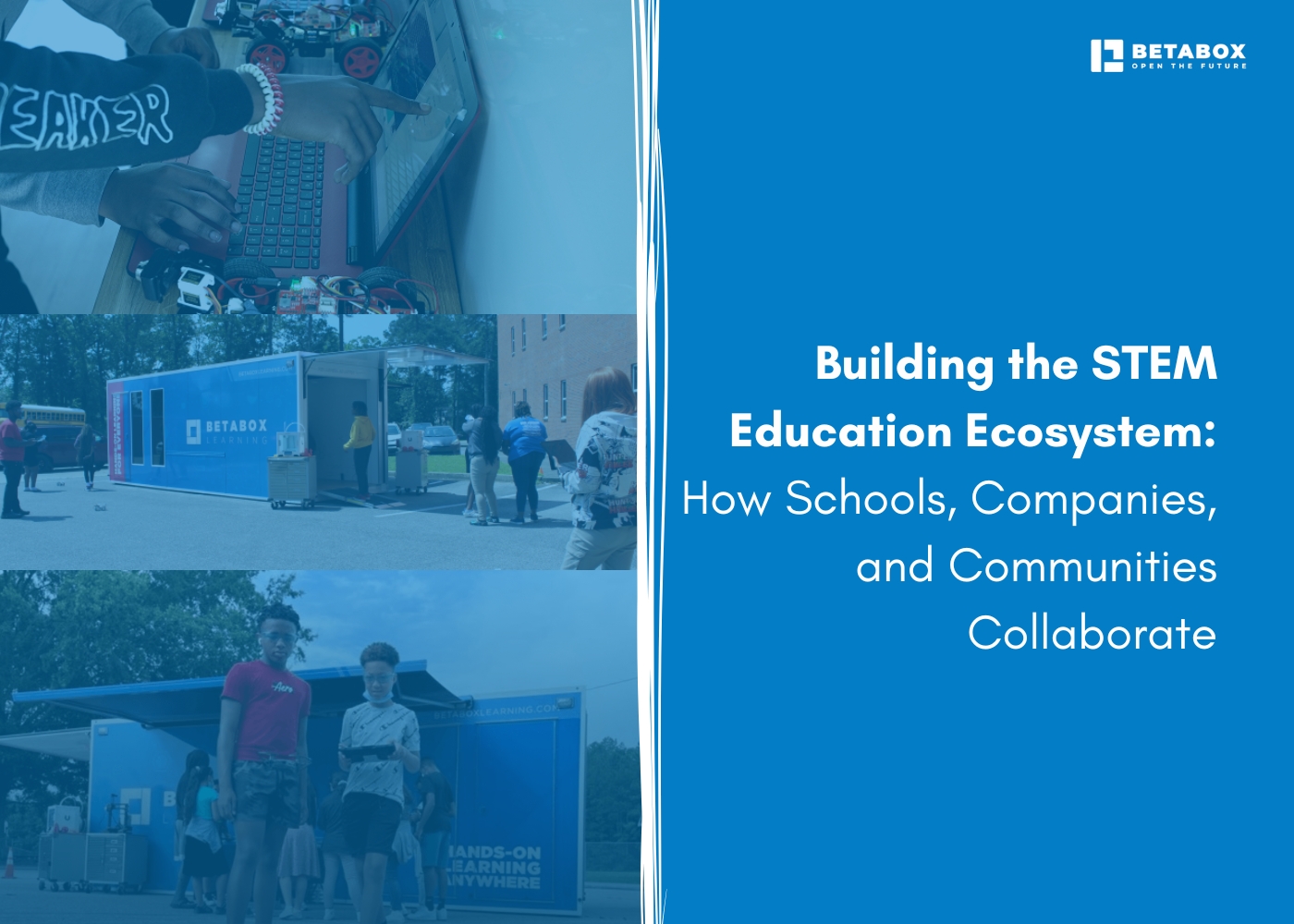

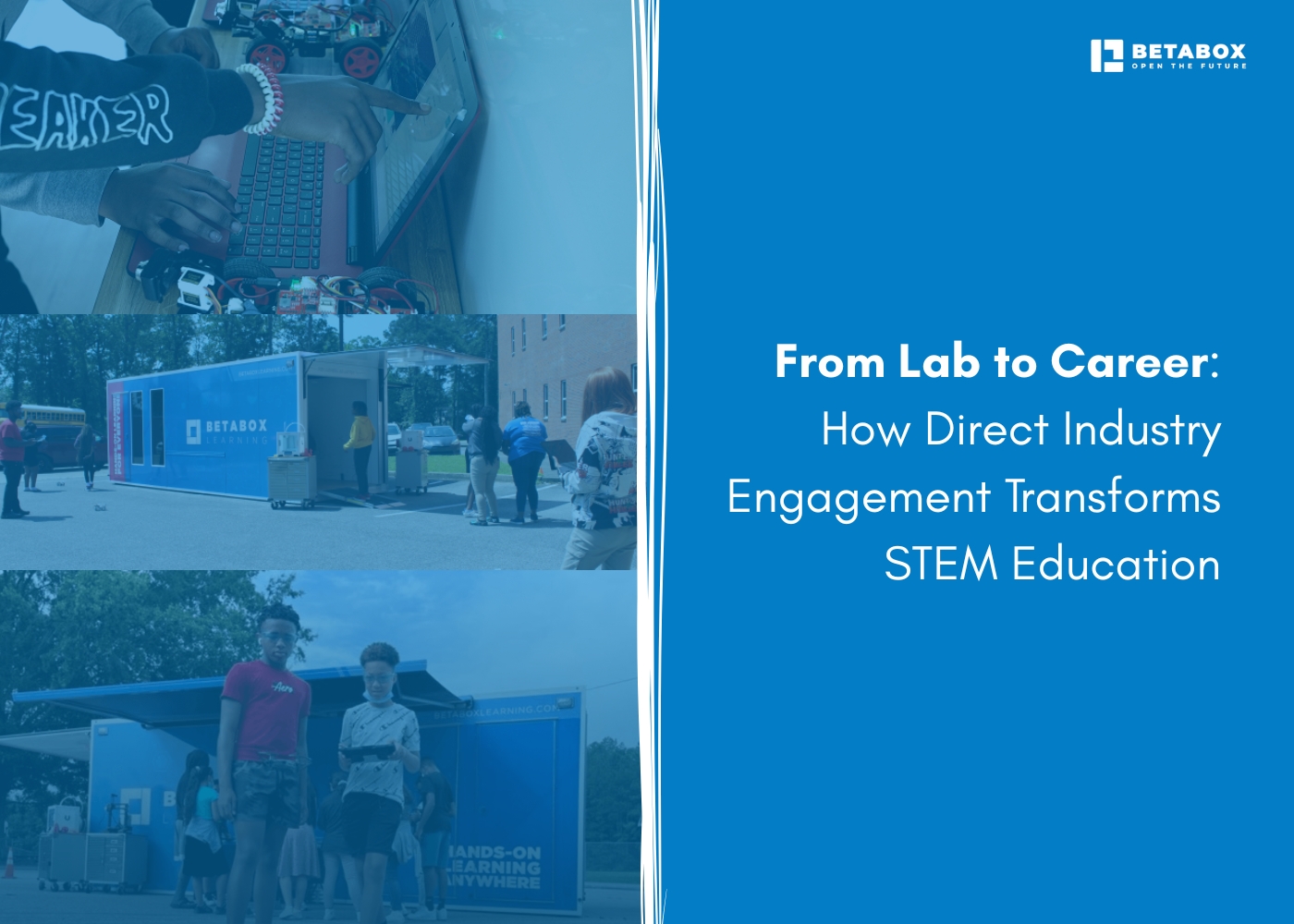

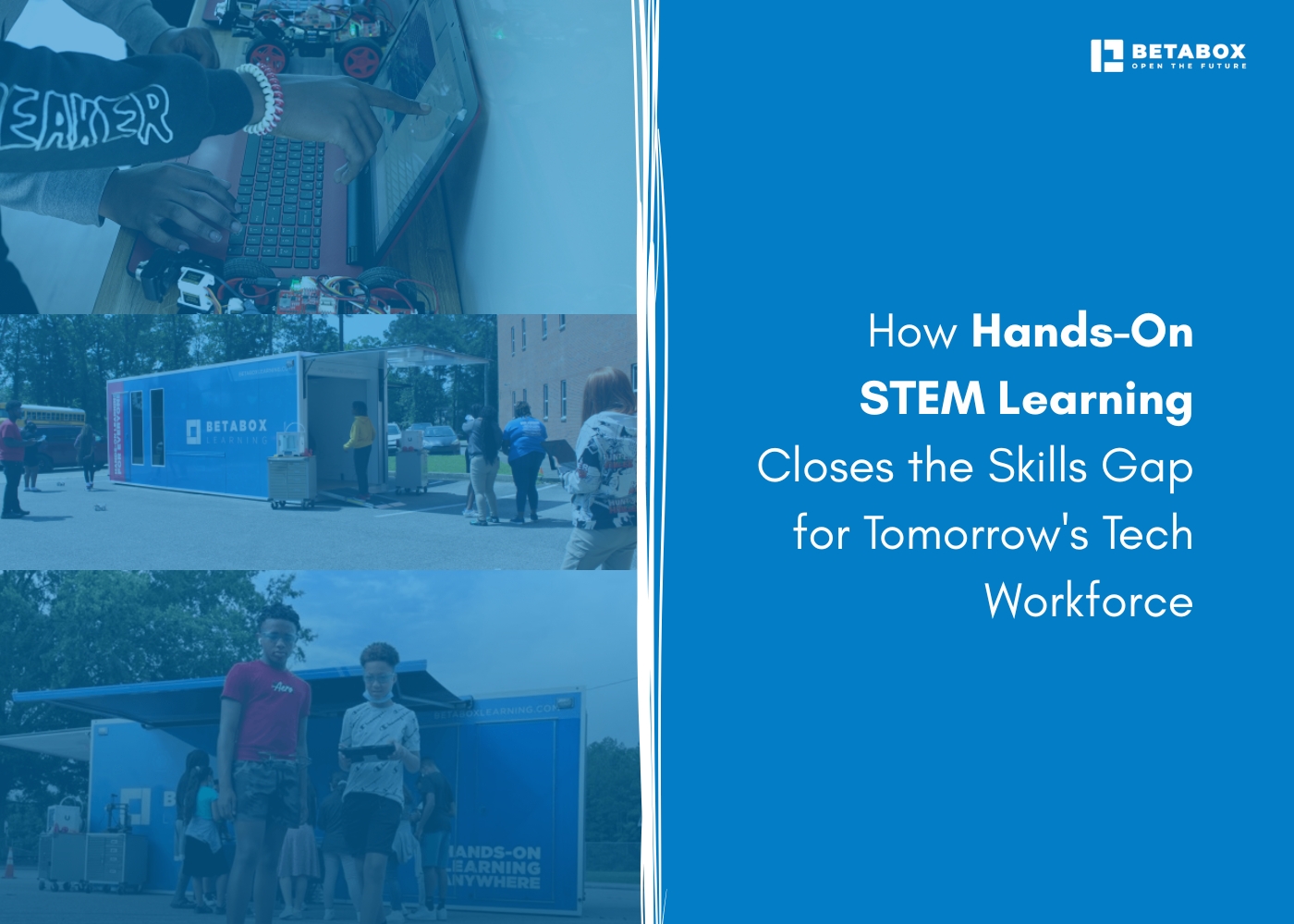

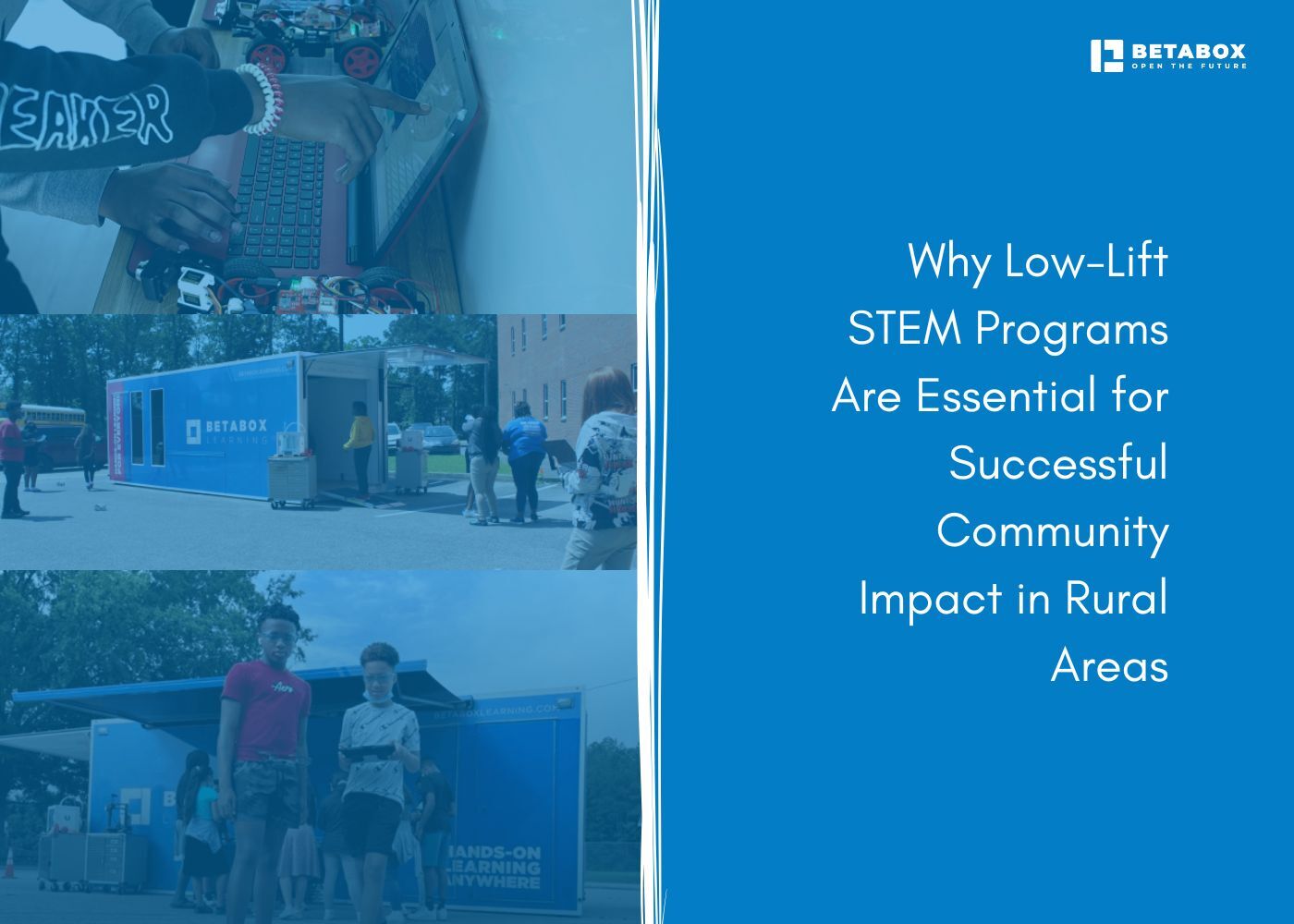

.jpg)

.jpg)

.jpg)

.jpg)





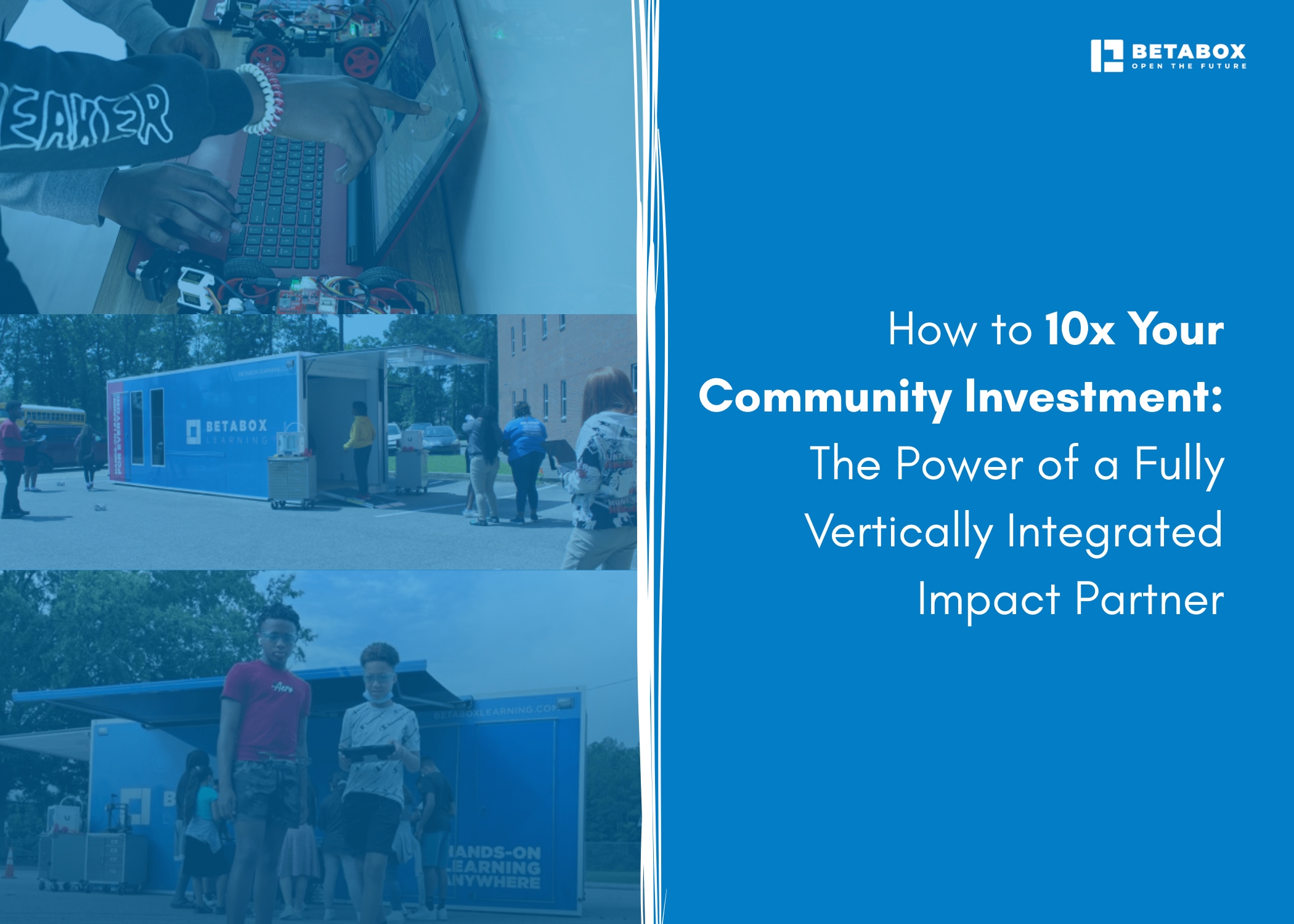

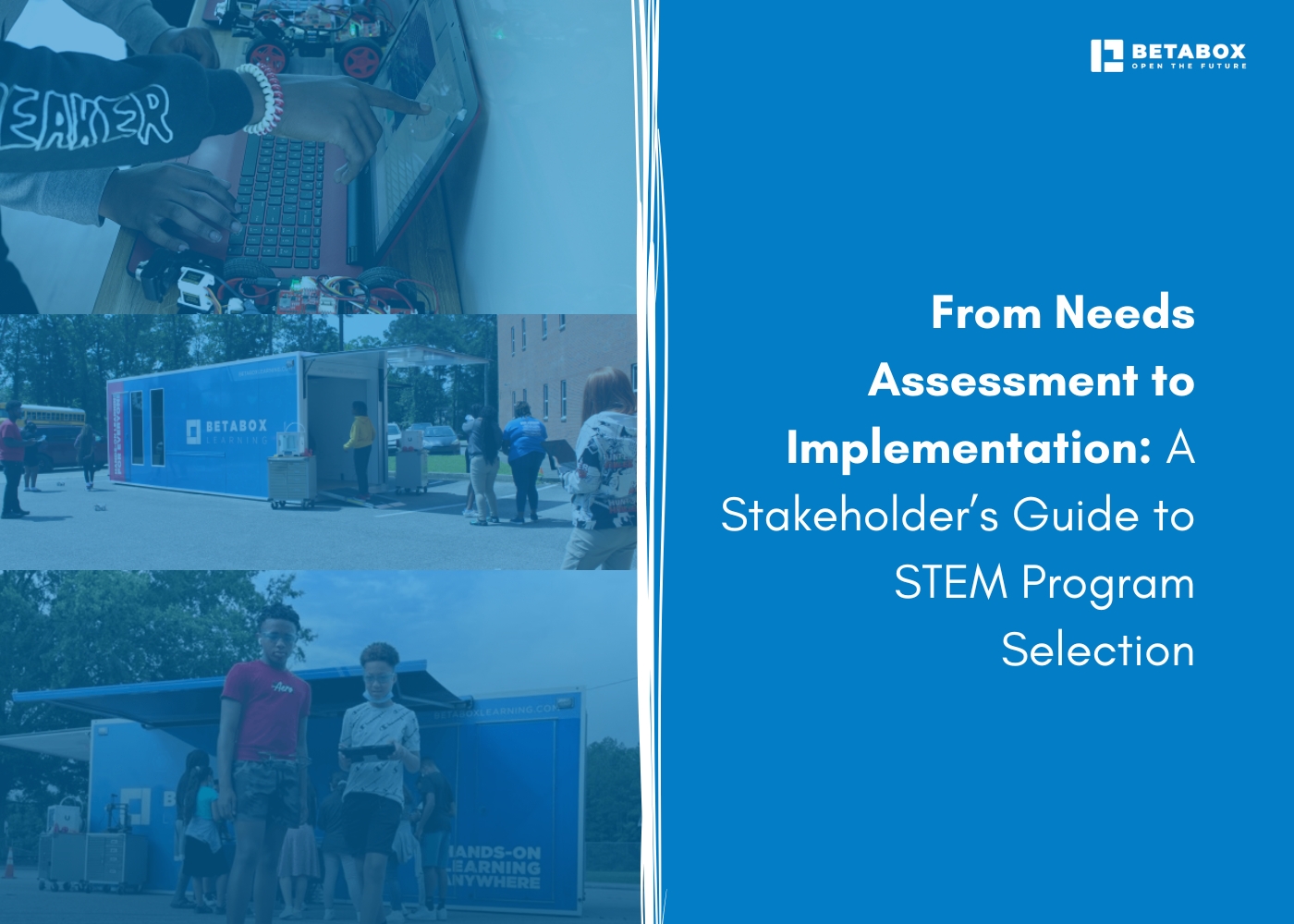

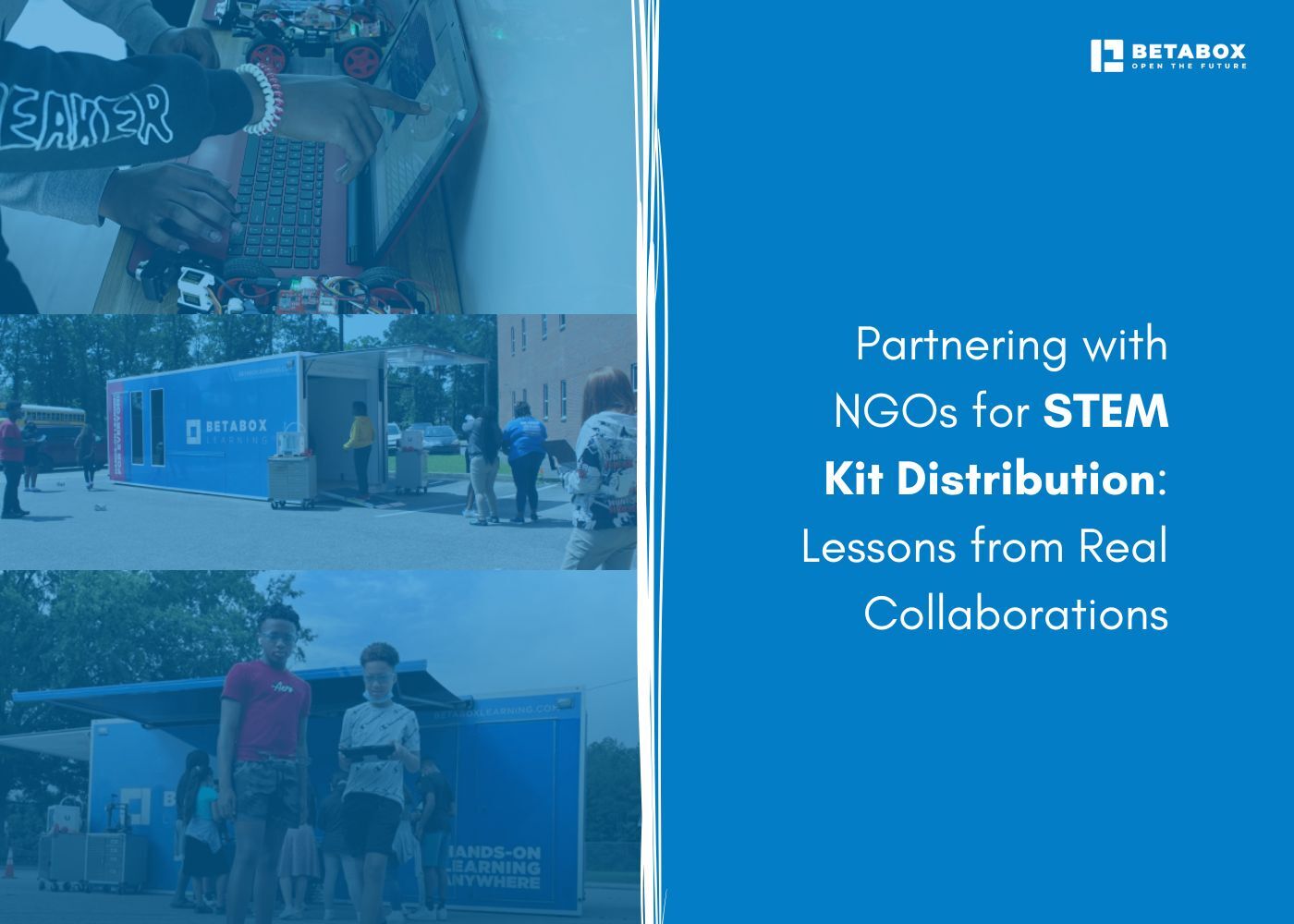

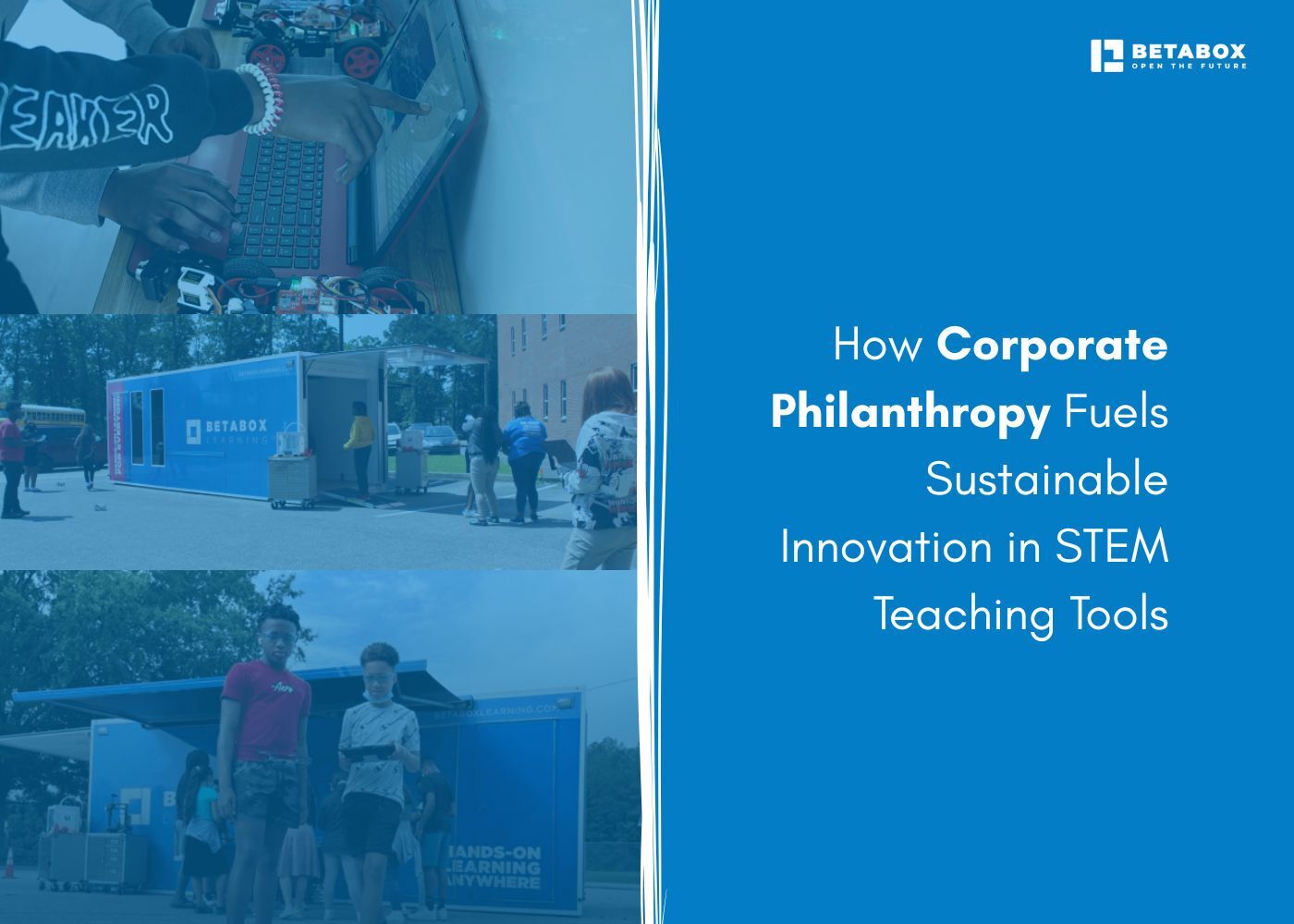

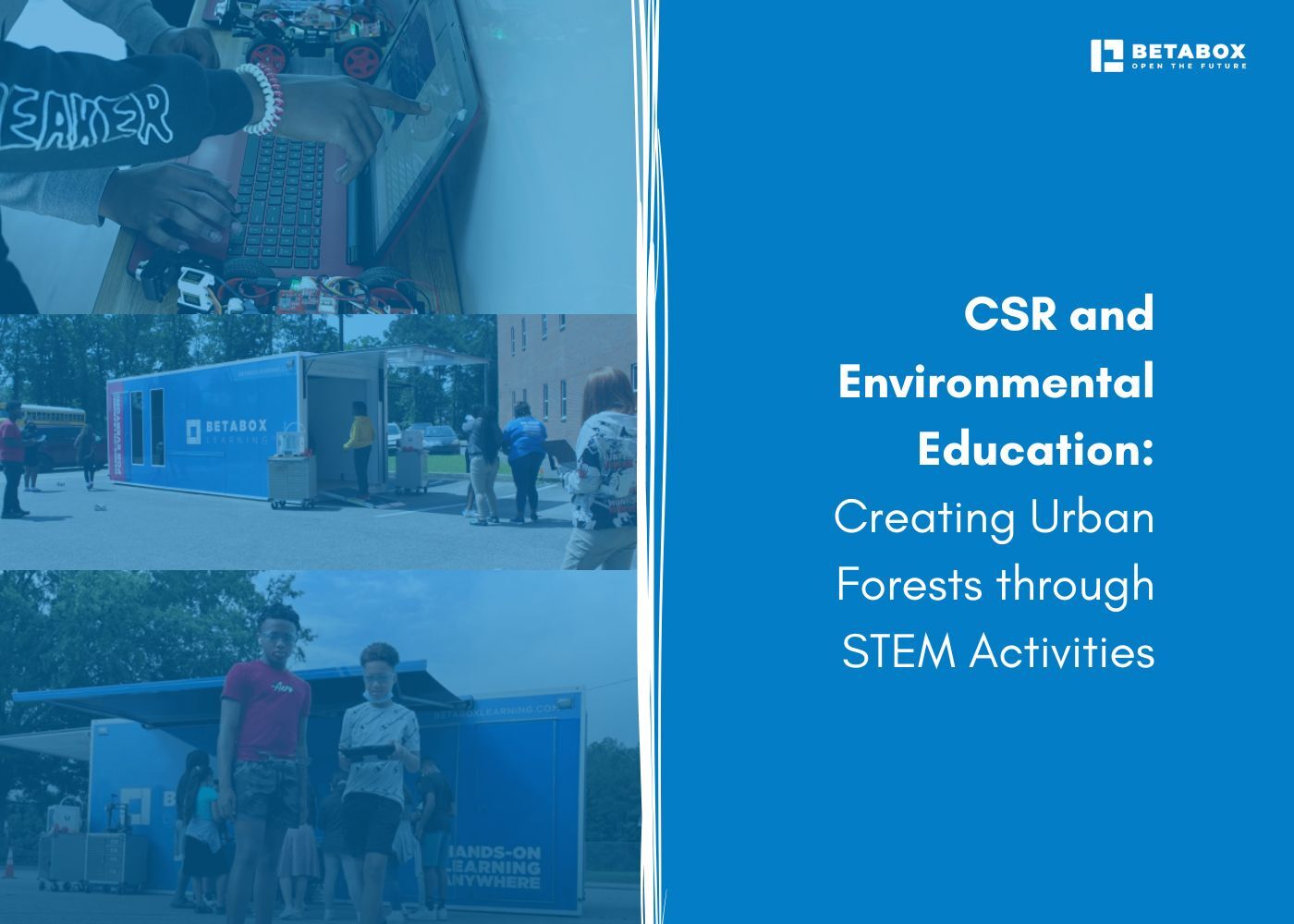

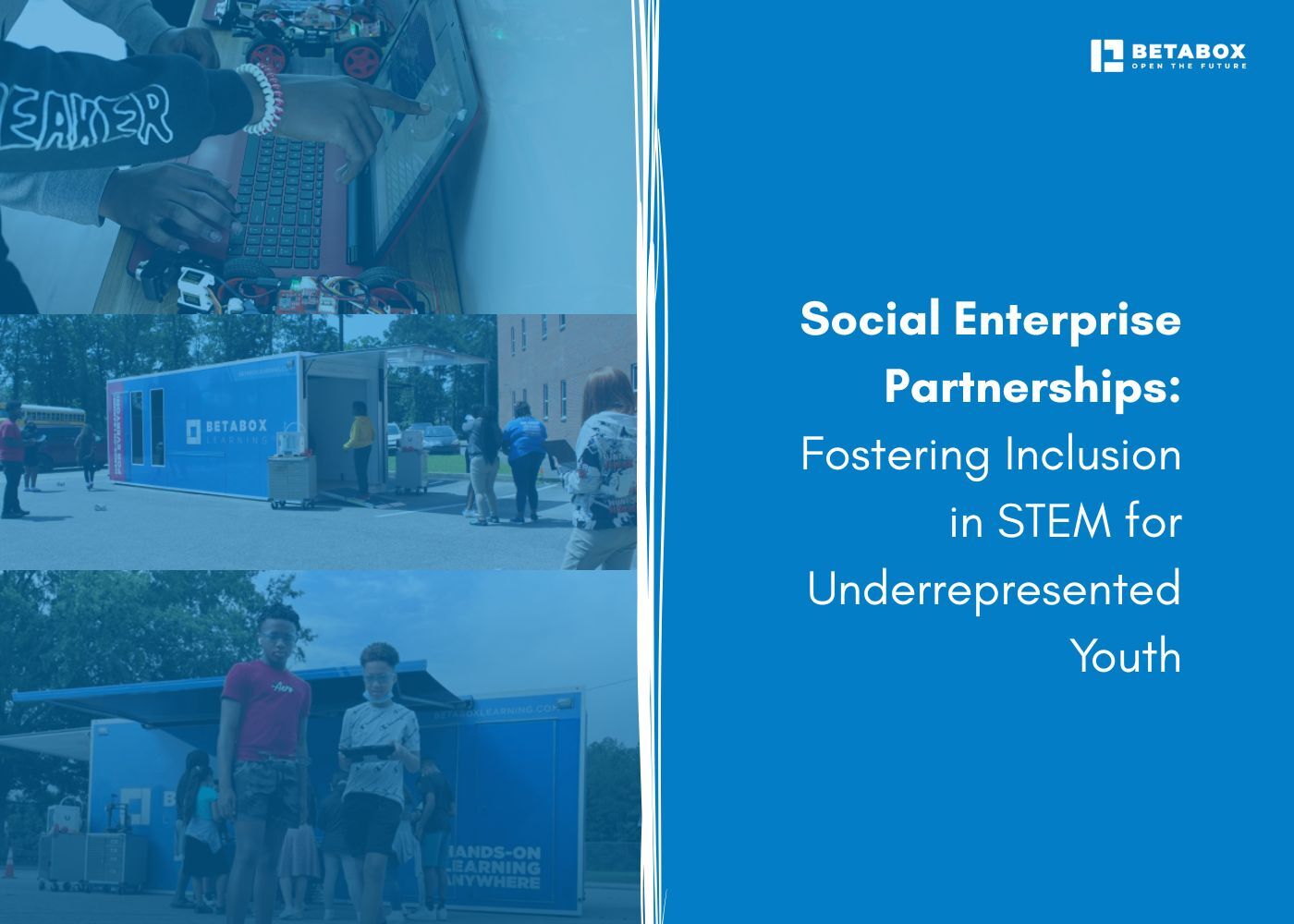

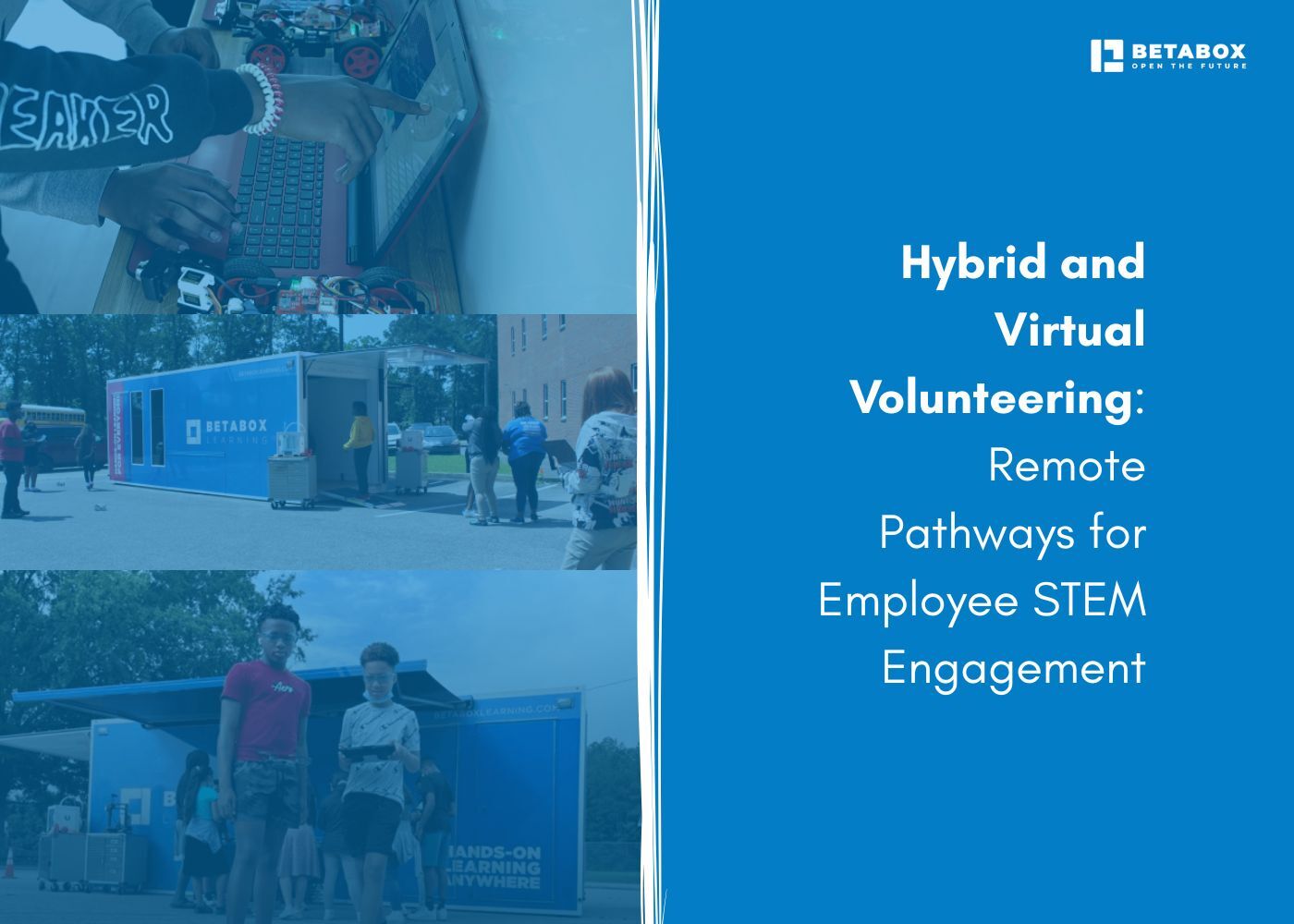

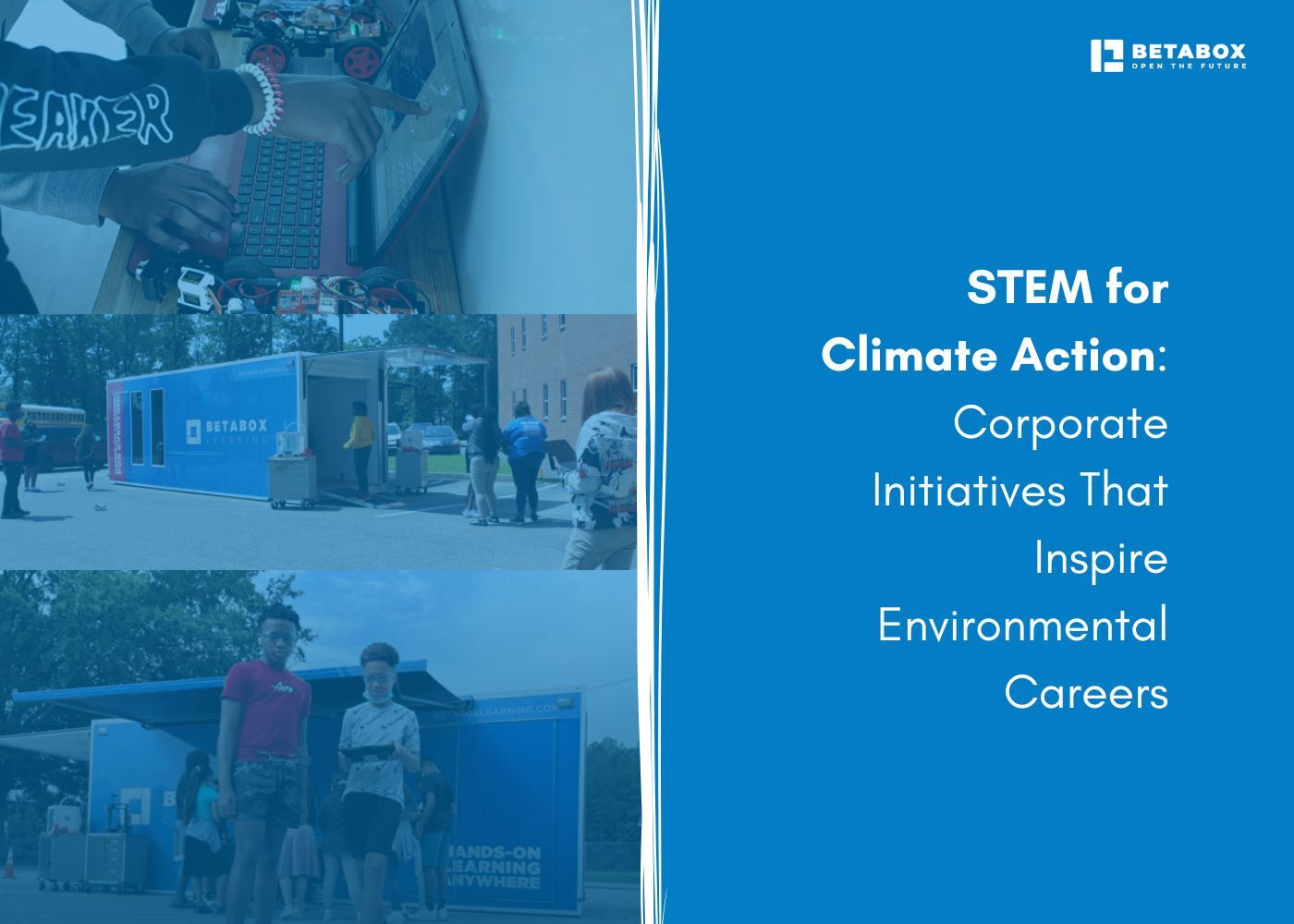



At Betabox Learning, we are passionate about making hands-on STEM curricula accessible to all students.

Join our newsletter to stay in the loop on all things Betabox and the future of STEM education.
By submitting your email address, you agree to our Privacy policy and Terms of Service. You can unsubscribe any time via the link in your email.
© 2025 Betabox. All Rights Reserved
